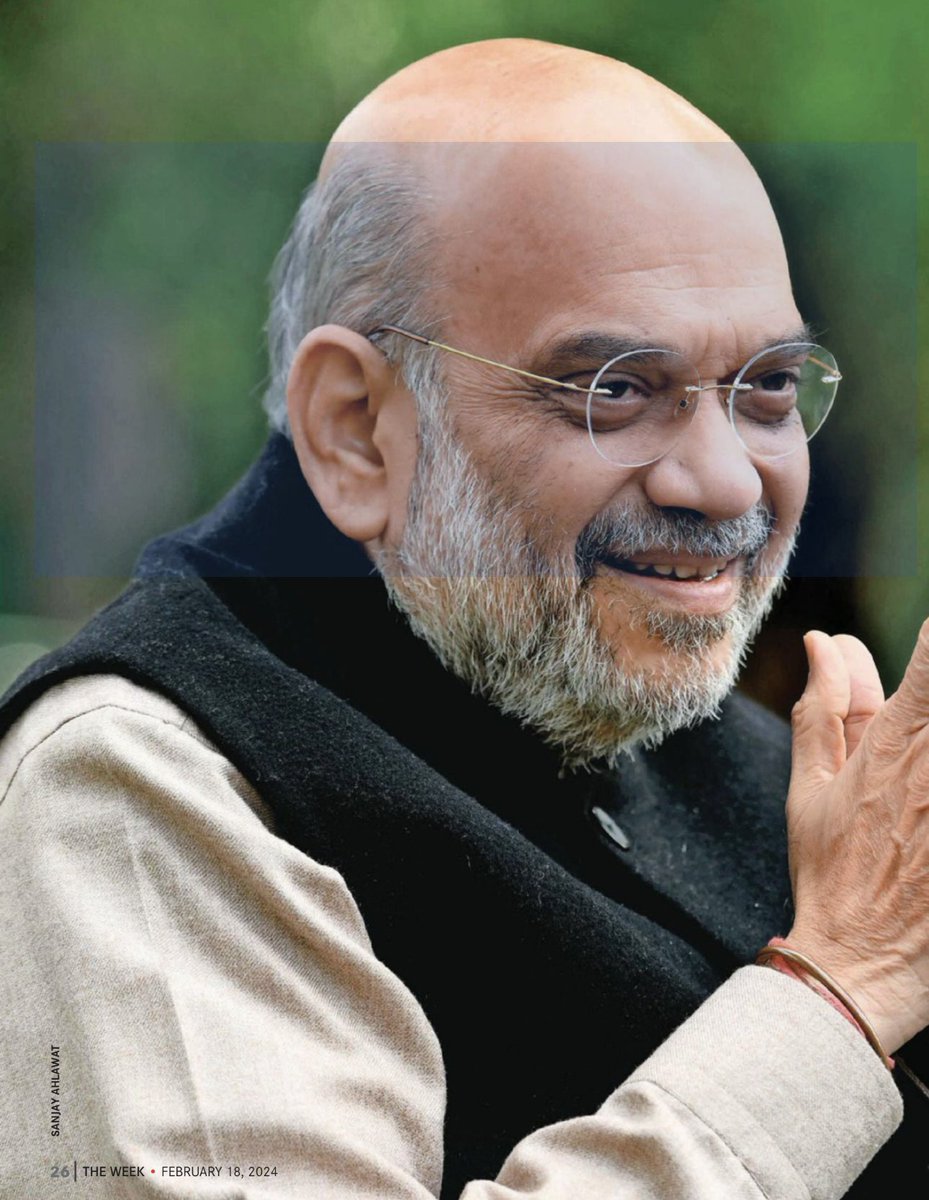
How to get URL link on X (Twitter) App




 The Narrative Building
The Narrative Building

 Q/ How will the new criminal laws ensure speedy delivery of justice?
Q/ How will the new criminal laws ensure speedy delivery of justice? 



 Religiosity is everywhere even today in the house.
Religiosity is everywhere even today in the house.

 It is one among the Char Dhams - Badrinath, Dwarka, Puri and Rameshwaram. It is also one among the 12 Jyotirlingas.
It is one among the Char Dhams - Badrinath, Dwarka, Puri and Rameshwaram. It is also one among the 12 Jyotirlingas.

 Q/ You said the prime minister visited the northeast, but people are talking about him not visiting Manipur.
Q/ You said the prime minister visited the northeast, but people are talking about him not visiting Manipur.

 🟠Q. India continued to be among the fastest growing economies in 2023. What are the guiding factors that shaped your policies while dealing with the economy?
🟠Q. India continued to be among the fastest growing economies in 2023. What are the guiding factors that shaped your policies while dealing with the economy?

 THE REFORMER
THE REFORMER

 It is great to see India’s politicians today using the term Bharat, or India/Bharat for their identification at diplomatic programs. It is an essential part of decolonization and calls for a reexamination of the global identity of India and what it represents as a civilisation. Similarly, it is important to identify Hinduism as Sanatana Dharma.
It is great to see India’s politicians today using the term Bharat, or India/Bharat for their identification at diplomatic programs. It is an essential part of decolonization and calls for a reexamination of the global identity of India and what it represents as a civilisation. Similarly, it is important to identify Hinduism as Sanatana Dharma.



 My argument is simple. Punish Canada until it bends. Why? Because Canada is the weakest link of the West which can be made an example to deter other US allies from exploiting anti-India separatist groups for domestic political gains. How? Weaponise India’s biggest strength: emigration to Canada.
My argument is simple. Punish Canada until it bends. Why? Because Canada is the weakest link of the West which can be made an example to deter other US allies from exploiting anti-India separatist groups for domestic political gains. How? Weaponise India’s biggest strength: emigration to Canada.

 This can be roughly translated as "That (Brahman) is full, this (Universe) is also full, (this) fullness emanates from (that) fullness; even when fullness is taken from fullness, what remains is also fullness." The concept of Brahman is an infinite, eternal and all-encompassing reality that pervades everything in the universe. Brahman is often seen as the ultimate goal of human existence and the path to liberation from the cycle of birth and death.
This can be roughly translated as "That (Brahman) is full, this (Universe) is also full, (this) fullness emanates from (that) fullness; even when fullness is taken from fullness, what remains is also fullness." The concept of Brahman is an infinite, eternal and all-encompassing reality that pervades everything in the universe. Brahman is often seen as the ultimate goal of human existence and the path to liberation from the cycle of birth and death.